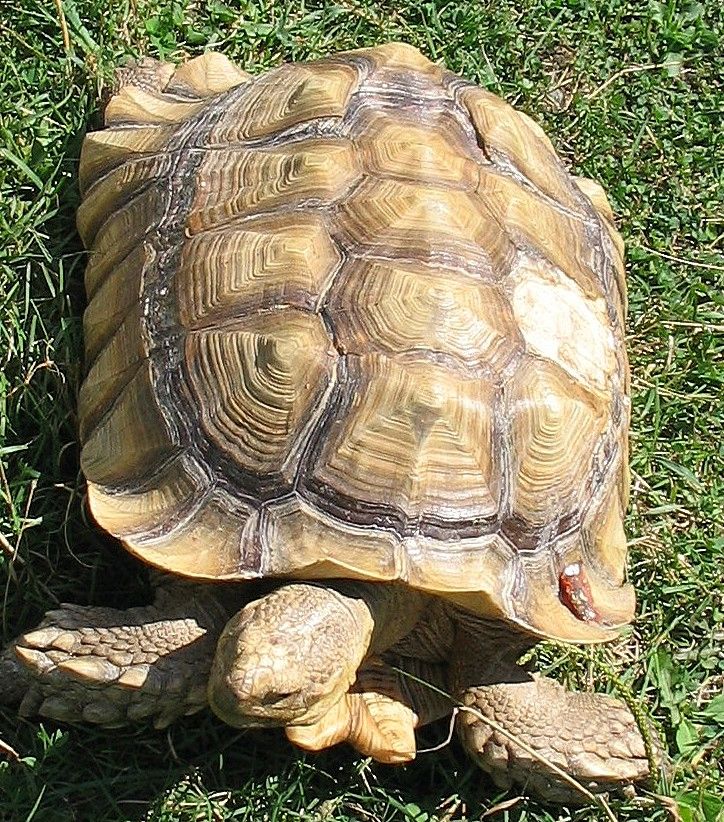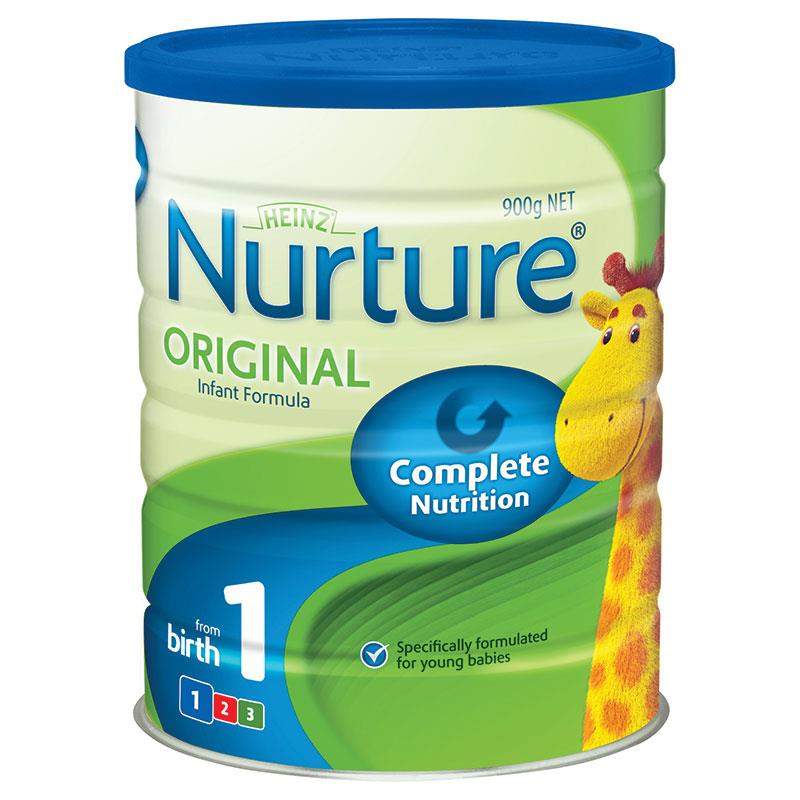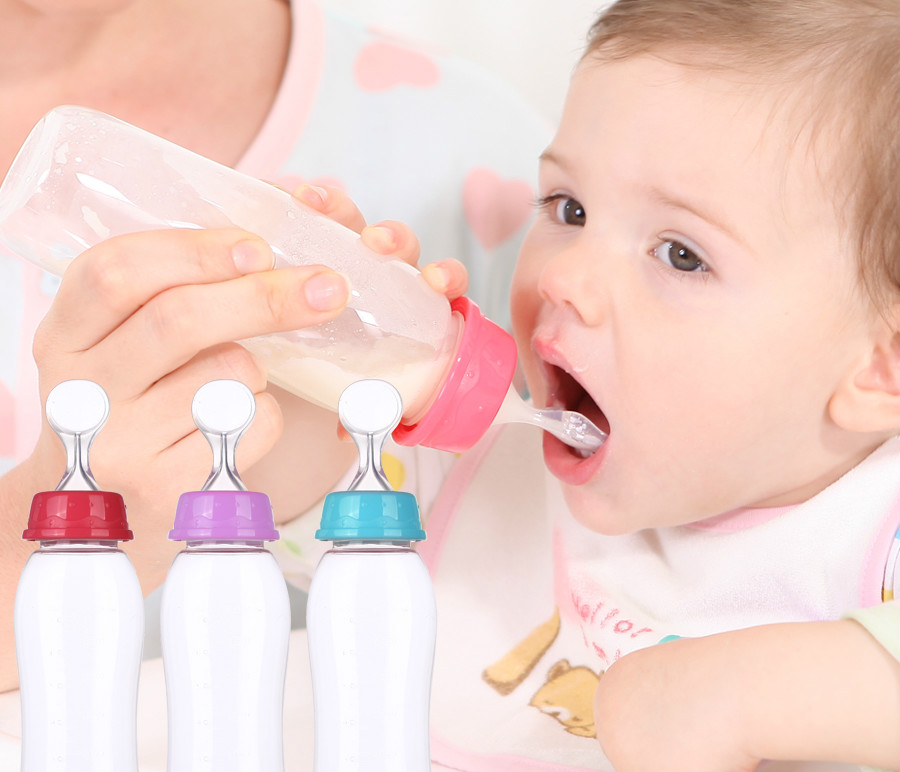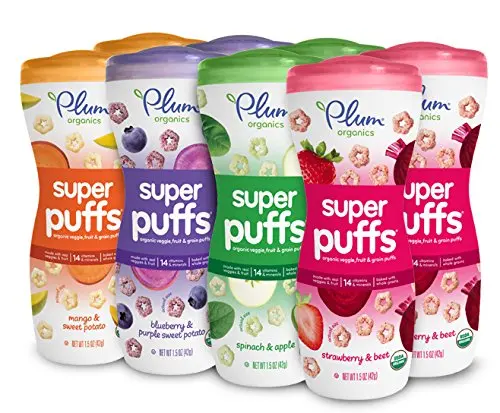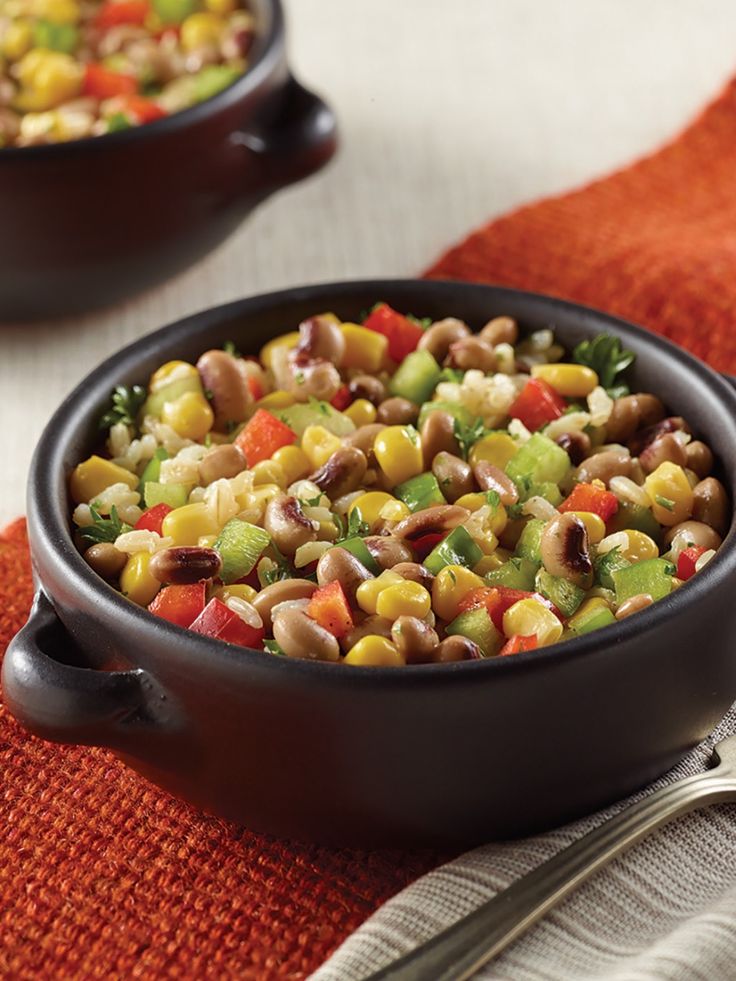Scared to give baby finger food
scared my lo will choke if i give finger food
5 answers /
Last post: 12/10/2010 at 10:00 pm
Anonymous
12/10/2010 at 5:13 pm
hi, i have a 7 month old who has 3 meals a day, she was weaned from 5 months old. i know i should be giving her finger food but i'm so worried she's going to choke, i've given her banana before and she gets the biggest bits in her mouth and i have to scoop it out, like i said i'm just so worried she's going to try and swallow it and choke, what do i do?
for those of you who give your lo's finger foods do they choke? what do you give them?thank you x
Your browser cannot play this video.
jes52zyb
12/10/2010 at 5:54 pm
Your reaction is normal and it is a worry, but having weaned my three children I have never had an incident where any of them have actually chocked. Sometimes babies can gag on food if they try and swallow something too big and usally all they will do is be sick.
My first daughter would ofter just shove the food in and get far too much in and they gag on it, so I just cut food up very small for her, to avoid her biting off more that she could handle. My other two ate better, natually took smaller mouthfuls so didn't have to cust theirs up so much.
For breakfast I would give something like rice crispy multigrains or cherios and just let her eat with her fingers. Both are nice and small and soften when milk is added.
For lunch I would give sandwiches or toast, cheese straws, quavers, sliced meat cut up small, raisens. Orange and grapes, which I would cut into quarters.
For dinner I would give fish fingers, very boiled veg, oven chips or wedges, pasta, omlette, meat etc. If I thought that the food might be difficult for them to eat I would always cut it up very small, this stopped them from gagging as it meant they couldn't put too much in at once. Once you get more confident and they get better you can give them larger peices of food for them to deal with by themselves.
Zoe39lcw
12/10/2010 at 9:31 pm
I know how you feel. I am on baby no 5 and still hate giving finger foods.Like you I start then scoop out when it looks like she's got too much. I wimpishly give her bits when i am with other mums so people on hand if she gets into difficulty. No matter how mcuh people reassure me i can't relax!
I wimpishly give her bits when i am with other mums so people on hand if she gets into difficulty. No matter how mcuh people reassure me i can't relax!
Similar threads
Gem41fua
12/10/2010 at 9:50 pm
Same here!! My 10 month old is really stuggling bless him, he wants to eat, but gags and terrifies me the other day he had a monster much ( the only thing he could get on with) gagged, started sort of shaking/jerking, he looked terrified, wasn't breathing while he did that, then coughed it up- thank god! So now I'm even more scared to keep trying. It's a shame because he'll have a go at anything, just struggles. I read what some babies his age are eating and I just can't believe it, I'd love him to tuck in and eat well.
I've noticed a lot of people tend to say not to worry, all babies are different, will get there in there own time. I'm trying not to be to concerned, but it's hard.
Lis84xkc
12/10/2010 at 10:00 pm
Hi tracy,
I have weaned my son on only finger foods quite succesfully. I was absolutely terrified of choking at first, but have read up on the difference between gagging and choking and also done a paeds first aid course.
I was absolutely terrified of choking at first, but have read up on the difference between gagging and choking and also done a paeds first aid course.
I did have to sit on my hands at first whenever my son struggled, but it's amazing how they can cope! He will cram so much in his mouth, but when it goes to far back he will gag (sometimes a lot!) and it all comes out again. He'll then recover and shove it all back in again:yuk: you can actually do more harm by trying to scoop food out as you may push it even further back.
It's just a process of learning for you and your LO. Just start out with some really soft foods like cheese triangles, soft steamed or roasted veg, slices of mango, melon(leave the skin on or it's far too slippy to hold).
It really does get easier the more you do it:D
Good luck!
Can't find your answer?
Popular Chat
How to Transition to Finger Foods When Your Baby is Stuck on Purees
Over the years, I’ve received a lot of questions from parents who are stressed out that, for whatever reason, their baby isn’t able to transition off purees. Maybe they’ve tried, and it ends up with their baby gagging excessively, maybe their baby vomits, maybe their baby just refuses the finger foods and they only want to eat the food that they’re familiar with – which are typically those easy-to-eat, easy-to-swallow purees! Don’t get me wrong, purees can be a great option when you’re starting solids with your baby, but they aren’t needed for long, especially once your baby has a safe swallow.
Maybe they’ve tried, and it ends up with their baby gagging excessively, maybe their baby vomits, maybe their baby just refuses the finger foods and they only want to eat the food that they’re familiar with – which are typically those easy-to-eat, easy-to-swallow purees! Don’t get me wrong, purees can be a great option when you’re starting solids with your baby, but they aren’t needed for long, especially once your baby has a safe swallow.
Basically, it can end up feeling like you’re stuck in this never ending rut of offering purees, trying to branch out to other textures and whole foods, only to be shut down. And the cycle repeats again and again – it’s not fun! If you know exactly what I’m talking about, this blog post is for you! It’s time to get to the bottom of why your baby may have difficulty transitioning to finger foods, or different textures, and what you can do to solve it!
This week on the podcast, I also delved into this topic because, trust me, my biggest mission is to give parents the confidence that they can move on from purees, so this cycle ends before it even begins!
Why it can be difficult transitioning onto finger foodsGradually advance the purees!What you want to do is gradually advance the textures that your baby is eating. So, first start off by advancing the purees. If you were serving thin and smooth purees, graduate them to thicker and smooth, then thicker with small lumps (you can just smash most soft foods with the back of a fork to achieve this consistency), then thicker with larger lumps (mash the food just a little bit less or add minced pieces of food mixed in). Then you can just continue on until you’re serving purees that have a thicker and coarser Or, in other words, why your baby might get stuck on purees. There are 4 main reasons, so let’s get started!
So, first start off by advancing the purees. If you were serving thin and smooth purees, graduate them to thicker and smooth, then thicker with small lumps (you can just smash most soft foods with the back of a fork to achieve this consistency), then thicker with larger lumps (mash the food just a little bit less or add minced pieces of food mixed in). Then you can just continue on until you’re serving purees that have a thicker and coarser Or, in other words, why your baby might get stuck on purees. There are 4 main reasons, so let’s get started!
Purees have always been the “traditional” baby food when starting solids, and for babies who do start out on them, things should naturally and gradually progress from one stage to the next. With traditional feeding styles, babies are often on purees until about 9 or 10 months of age, with a very subtle introduction of finger foods (mainly puffs, soft fruit, and diced veggies). The introduction of table food (meaning the same food that the whole family is eating), happens for these babies around 11-12 months of age. This isn’t the same timeline for every baby though. Many start getting introduced to finger foods, and table foods, around 8, 9, or 10 months of age, which is perfectly appropriate, and should be something that healthy, term babies should be capable of doing.
The introduction of table food (meaning the same food that the whole family is eating), happens for these babies around 11-12 months of age. This isn’t the same timeline for every baby though. Many start getting introduced to finger foods, and table foods, around 8, 9, or 10 months of age, which is perfectly appropriate, and should be something that healthy, term babies should be capable of doing.
While for some babies this works fine, and they’re able to transition onto table foods without much of a problem. For many babies, what we’re seeing is that, when table food introduction doesn’t happen until closer to the one-year mark, there can be a lot of struggle and push back to transition.
AKA they’ve reached the point at which their baby is stuck on purees. And here’s why.
In general, these babies are being kept on purees for too long and the introduction of finger foods is happening way too late in the game.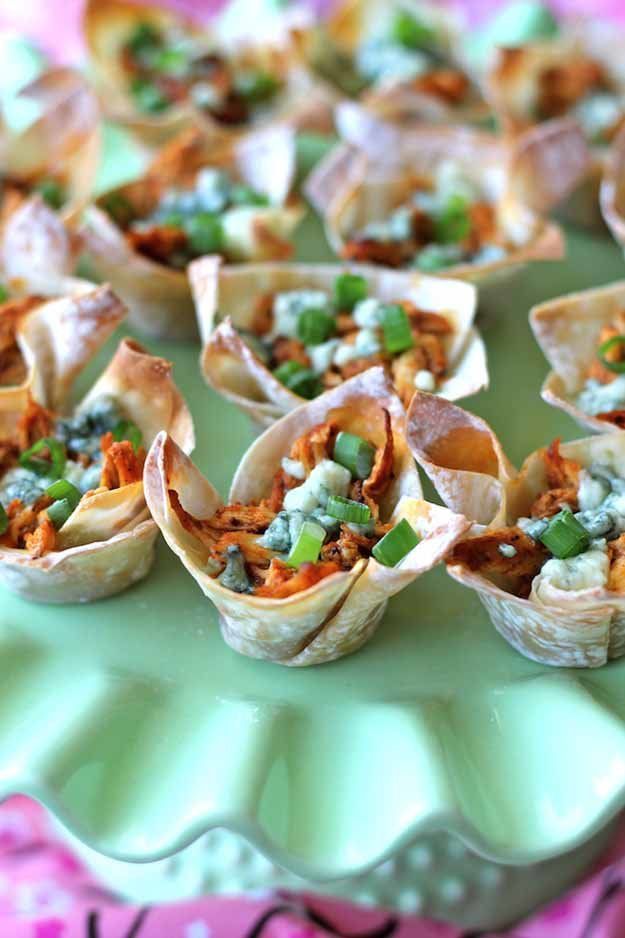 Did you know that, if purees are used, they’re only really needed for a short period of time before you can move onto finger foods? In fact, after you’ve established your baby can swallow them safely, I recommend a swift transition to finger foods! So, this can mean as little as a day or two on purees, or maybe a few weeks on purees. But really, that traditional timeline where babies were kept on purees for months at a time is so outdated, and is the cause for a lot of the problems that we see in feeding babies today.
Did you know that, if purees are used, they’re only really needed for a short period of time before you can move onto finger foods? In fact, after you’ve established your baby can swallow them safely, I recommend a swift transition to finger foods! So, this can mean as little as a day or two on purees, or maybe a few weeks on purees. But really, that traditional timeline where babies were kept on purees for months at a time is so outdated, and is the cause for a lot of the problems that we see in feeding babies today.
When puree feeding, and commercialized baby food became popular, there was a big push to keep babies on purees for as long as possible. So, not only did we see that babies were encouraged to start on purees earlier than required, but they were also encouraged to stay on purees for longer than needed! Babies on purees longer, equals more money in the pockets of those who manufacture baby food! This is totally unnecessary, can be harmful to your baby’s progress, and is really just a part of a big marketing scheme!
Fast forward to now, the new recommendation is to swiftly transition your baby onto finger foods, once you can see that your baby can safely and comfortably handle purees. Finger foods can be introduced way earlier in the game. You can start right at six months of age, or seven months of age, but I wouldn’t delay the introduction of finger foods much past that. Sometimes, babies don’t show interest in self-feeding until about 8 months of age. It’s not as common, but it is possible, especially if they’re not hitting those developmental milestones at the same time as the majority of babies – which is totally fine! Every baby grows at their own individual pace! In these cases, you can wait until then, and continue to feed purees to them in the meantime. But, as soon as you see your baby is willing, and able, to independently eat finger foods, you need to give them the opportunity to do so. There’s this small window of opportunity between 6 and 9 months of age, where babies should get to practice, and experience more textured foods and finger foods. This will help them gain that independence for self feeding, after which it becomes much harder for them to get that confidence, because they’ve gotten used to purees.
Finger foods can be introduced way earlier in the game. You can start right at six months of age, or seven months of age, but I wouldn’t delay the introduction of finger foods much past that. Sometimes, babies don’t show interest in self-feeding until about 8 months of age. It’s not as common, but it is possible, especially if they’re not hitting those developmental milestones at the same time as the majority of babies – which is totally fine! Every baby grows at their own individual pace! In these cases, you can wait until then, and continue to feed purees to them in the meantime. But, as soon as you see your baby is willing, and able, to independently eat finger foods, you need to give them the opportunity to do so. There’s this small window of opportunity between 6 and 9 months of age, where babies should get to practice, and experience more textured foods and finger foods. This will help them gain that independence for self feeding, after which it becomes much harder for them to get that confidence, because they’ve gotten used to purees. When this happens, purees become much more of a habit, and they end up not having the opportunity to exercise their oral muscles, and gain those oral motor skills, like munching, chewing, and moving food around in their mouth, at an optimal time. Updated Research very clearly shows that babies who haven’t been introduced to lumpy and textured foods by 9 months of age, may have an increased risk of developing feeding problems and picky eating later on.
When this happens, purees become much more of a habit, and they end up not having the opportunity to exercise their oral muscles, and gain those oral motor skills, like munching, chewing, and moving food around in their mouth, at an optimal time. Updated Research very clearly shows that babies who haven’t been introduced to lumpy and textured foods by 9 months of age, may have an increased risk of developing feeding problems and picky eating later on.
If you take away anything from this, it should be how important it is to introduce your baby to finger foods as early as they show they’re ready for it – typically within a month, or two months maximum, after starting purees. Or, it could be as early as their first day or two on purees. So once you see they’ve mastered it, there’s no need to keep them stuck there. Move them along!
Reason#2: infrequently serving finger foodsEven if your baby has been introduced to finger foods earlier, sometimes they get stuck on purees because they haven’t had enough experience with a variety of finger foods. Maybe finger foods are offered once every couple of days, or just on the weekends, or whatever it may be. When they get limited experience with finger foods, or they’re not offered at every meal (or at the very least, 50-60% of the time), babies may not develop the skills they need to eat them, if the time to practice isn’t there.
Maybe finger foods are offered once every couple of days, or just on the weekends, or whatever it may be. When they get limited experience with finger foods, or they’re not offered at every meal (or at the very least, 50-60% of the time), babies may not develop the skills they need to eat them, if the time to practice isn’t there.
Most of the time what I see happening is, babies have just developed an expectation that they’ll be offered purees if a finger food is initially refused. Sometimes they’ll spit out the finger food, or even a chunkier puree that they’re not used to. Or, they might flat out refuse it, ignore it, or cry and fuss at the sight of it, only stopping when the old faithful puree is brought out. I also hear this happen with babies who prefer puffs, rice rusks, or other soft, very easy to eat food. It’s beyond frustrating for those parents, so they resort to offering purees as a backup once any of these scenarios happen. Unfortunately, this can keep them stuck in that same cycle I mentioned earlier, with no end in sight!
Unfortunately, this can keep them stuck in that same cycle I mentioned earlier, with no end in sight!
Another reason that babies might have a hard time transitioning onto finger foods, is because when they’ve been offered finger foods, they’re typically ultra soft, or really easily melt in their mouth – think things like puffs and rice rusks, again. Other times, parents will start their babies off on bananas, avocados, or sweet potatoes, and then assume that they’ve done what is needed to “introduce finger foods early”. The thing is, our babies need the experience with a variety of textures, not just ultra soft or meltable textures. And this is because it will allow them to continually advance by challenging them with more difficult to chew foods, so that they continue to develop their eating skills, and don’t give up once something doesn’t easily dissolve, or mash, in their mouth.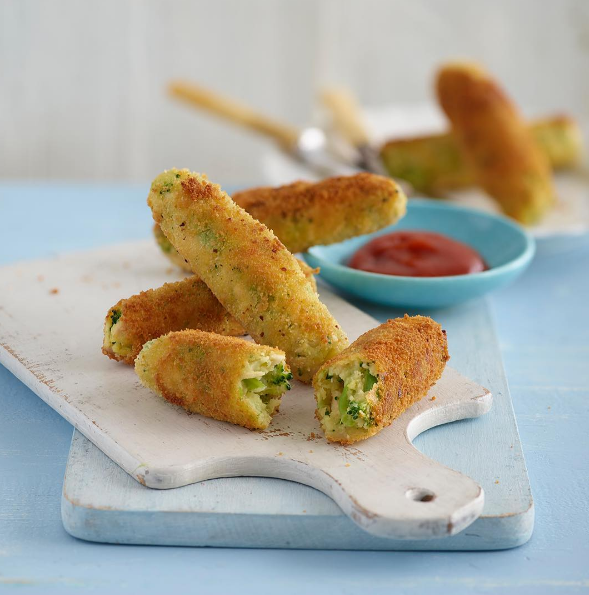
What you want to do is gradually advance the textures that your baby is eating. So, first start off by advancing the purees. If you were serving thin and smooth purees, graduate them to thicker and smooth, then thicker with small lumps (you can just smash most soft foods with the back of a fork to achieve this consistency), then thicker with larger lumps (mash the food just a little bit less or add minced pieces of food mixed in). Then you can just continue on until you’re serving purees that have a thicker and coarser texture. Watch for the gagging, see how they react and recover, build your confidence, and theirs, and keep moving forward!
Offer finger foods alongside pureesI also recommend serving finger foods alongside the purees at mealtimes, and as a stand alone snack, especially if they’re under one year of age and are still getting breast milk or formula to supply them with the calories they need. Start with rice rusks, or finger shaped puffs (like Baby Gourmet carrot sticks or Puffworks), but remember – don’t get stuck there! Use these to get them interested in self-feeding. Once they start bringing ultra soft and dissolvable foods like these to their mouths with precision, and start making an up-and-down chewing motion, you can move them onto something like a soft pancake, or toast moistened with a topping. Then continue to progress them from there!
Start with rice rusks, or finger shaped puffs (like Baby Gourmet carrot sticks or Puffworks), but remember – don’t get stuck there! Use these to get them interested in self-feeding. Once they start bringing ultra soft and dissolvable foods like these to their mouths with precision, and start making an up-and-down chewing motion, you can move them onto something like a soft pancake, or toast moistened with a topping. Then continue to progress them from there!
I’ve developed something called the Texture Timeline™ that is exclusive to My Little Eater™, and that’s found inside of my Baby Led Feeding online course, that walks you through each of the stages and textures, in order of difficulty, and includes suggested timelines to spend on each texture. This makes it easy for parents that aren’t sure how to, or are afraid to, progress in textures, or don’t know what readiness signs to look for that indicate that their baby is ready to move on. I give you tons of ideas for different foods that fit within each phase of the Texture Timeline™, so that you don’t have to guess what to offer, and when.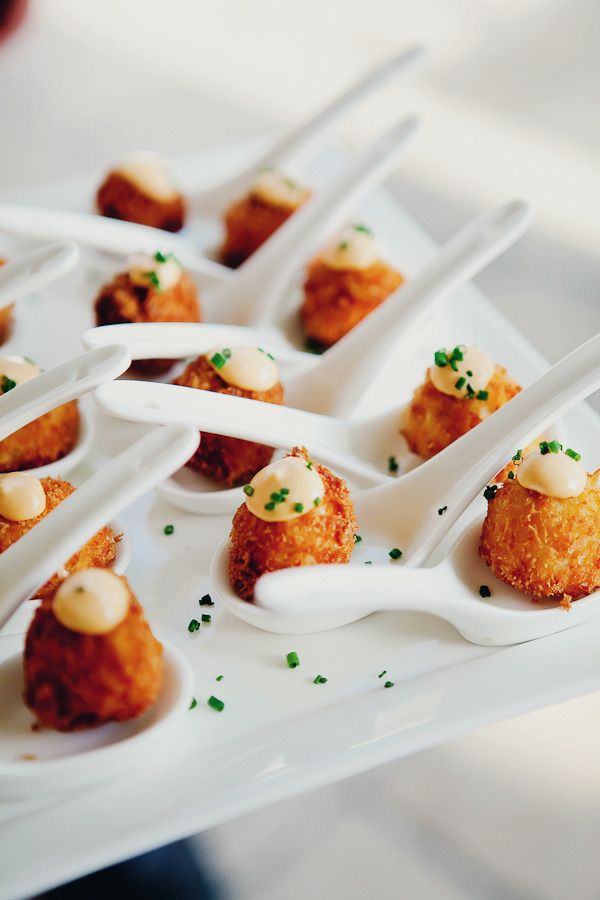 This way, you can make sure that your baby has hit every major texture out there, and gets the experience that they need, in a timely manner!
This way, you can make sure that your baby has hit every major texture out there, and gets the experience that they need, in a timely manner!
Now, sometimes the gradual approach of offering finger foods alongside of purees will work, but sometimes going cold turkey with the purees is required so that your baby learns that purees won’t be offered anymore, that you’ve moved on, and that they’re going to have to start to work a little bit harder to chew the finger foods you offer (and accept them eventually). The first couple of days may be rough, because your baby could end up refusing foods in general, making you worry that they won’t be getting all the calories they need. The thing to remember is that breastmilk, or formula, is still there to provide them with the calories that they may be missing from solid foods. Hopefully, this will help you stress less as they fight the transition over the next few days (maybe even a week).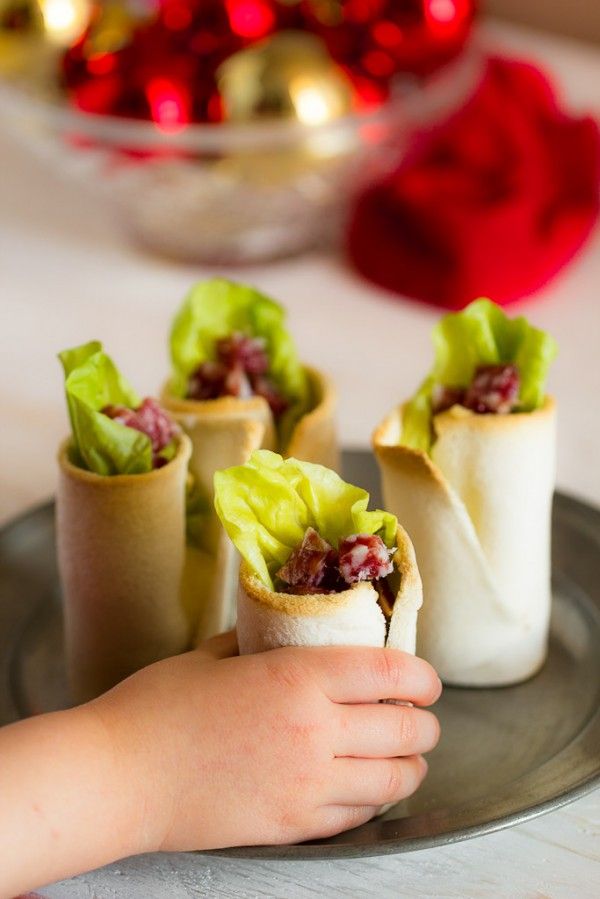 Offer them breastmilk, or formula, about half an hour to 45 minutes after the meal has ended. This way, you know that they won’t end up super hungry, and they’re still getting the nutrition they need to grow, but you’ve also got out of the habit of offering purees as a backup. And, alas, you can finally start to get out of this cycle, moving forward once and for all!
Offer them breastmilk, or formula, about half an hour to 45 minutes after the meal has ended. This way, you know that they won’t end up super hungry, and they’re still getting the nutrition they need to grow, but you’ve also got out of the habit of offering purees as a backup. And, alas, you can finally start to get out of this cycle, moving forward once and for all!
One thing I want to make sure you understand, is that you can definitely expect your baby to gag more once they’re offered more advanced textures. Gagging is totally normal, is expected, and is a natural response to something new or different being in their mouth. Their gag reflex is a protective mechanism that is there as a helping hand as they learn their new skills! It doesn’t mean your baby is choking. It doesn’t mean that they’re in danger. It just means that they’re going to take some time to figure out what to do with that food, with those lumps, and with those new textures that they’re experiencing.
As they start to get more practice with finger foods, they’ll start to figure out how to manipulate those new foods in their mouth, how to chew them, and how to bring them to the back of their tongue for swallowing. That’s when you’ll start to see that the gagging finally starts to decrease. It’s just one of those things that you can’t avoid and that you need to let happen, in order to move forward!
When it does start to happen, just be there for them. Coach them through the gag, tell them: “You can do it! You’re doing a great job!”, and generally try to keep the atmosphere positive and light-hearted. Don’t let your baby feel like there’s something wrong when they start to gag, or like there’s a need to panic, because then they may start to turn away from those foods all together.
It’s worth mentioning here, that if your baby gags and then continues to go on with the meal, maybe goes for another piece of food, maybe just wants to pause, but is still smiling and generally content, then everything is good, and you can keep challenging them with those textures! However, in some cases, especially kids who have feeding difficulties and more severe challenges, they may actually vomit excessively, or gag excessively. By this, I mean it is happening to the point that mealtimes can’t be continued, and become dreaded. In these instances, you should definitely talk to your doctor, and ask for a referral for a feeding evaluation, just to rule out any further feeding, or medical problems.
By this, I mean it is happening to the point that mealtimes can’t be continued, and become dreaded. In these instances, you should definitely talk to your doctor, and ask for a referral for a feeding evaluation, just to rule out any further feeding, or medical problems.
So there you have it! A general plan for how to get your baby off of purees, progressing onto finger foods, and eating the same meals as the entire family.
If you need help figuring out how to serve different finger foods in order to progress your baby on in textures, what gagging and choking looks like, how to set your baby up for positive mealtimes, how to raise them to be adventurous eaters (and so much more), definitely check out my Baby Led Feeding online course! There’s so much to learn, and I hold your hand every step of the way. Join thousands of parents who’ve already made the leap to feed in a completely baby led way! All these helpful tips are also up on the podcast this week, so check that out if you prefer to listen to me chat about the details.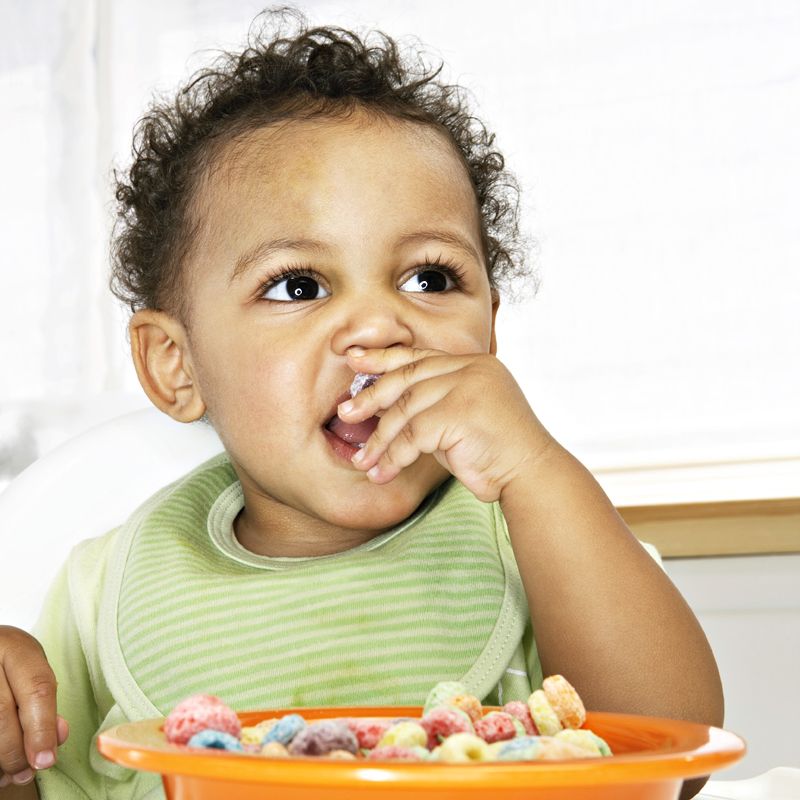
How to teach a child to chew food properly
Modern man has a big problem - we don't know how to eat. Adults do not have enough time for a normal meal at a calm pace, and in most cases children are not even taught to chew. Many parents specifically feed their babies soft or pureed foods. Everyone is afraid that the child will be capricious or choke. Let's figure it out - what is the mistake of this approach and why is chewing so important?
Usually people literally swallow food and quickly wash it down with a hot or sweet liquid, and this is where the meal ends. Among the consequences: digestive problems and regular overeating, since the body requires much more energy to absorb poorly chewed food.
The process of digestion of food begins in the mouth. Saliva is secreted in the mouth, which contains enzymes and breaks down easily soluble substances and softens more dense ones. Teeth and tongue grind and grind food. By the time the food enters the stomach, it will be much easier to digest and assimilate it than if you just swallow the product (otherwise it will ferment, which will negatively affect the digestive tract).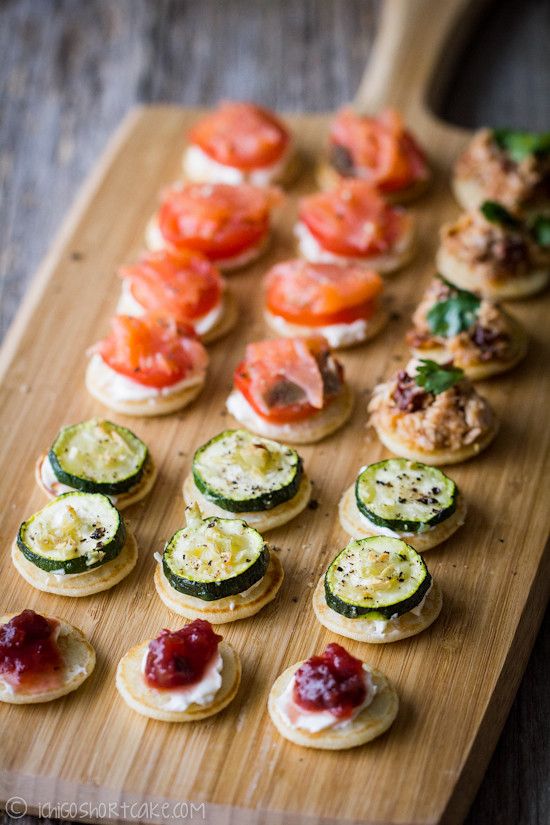
According to Chinese and American studies published in The American Journal of Clinical Nutrition, participants in the experiment consumed 11.9% fewer calories, regardless of their build, their body was satiated faster, less likely to have a feeling of hunger, and even managed to lose some weight.
We are not united with food
Chewing not only ensures a normal digestive process, but also has a number of other benefits. If in time (from 6-7 months) you start to teach the baby to chew, he will form an overbite. What's more, a Belgian study published in the journal J Voice showed that chewing promotes the proper development of speech. When a baby chews, bites, or licks, the lips, tongue, cheeks, and jaws work. This is how the same motor skills develop as when speaking. In practice, it turns out that the process of eating food is the most pleasant type of articulatory gymnastics.
Pediatrician of the highest category Yulia Viktorovna Andronnikova told us about other functions of chewing:
- Slow chewing allows you to get enough of less food, as the signal will have time to arrive at the hunger and appetite regulation centers.
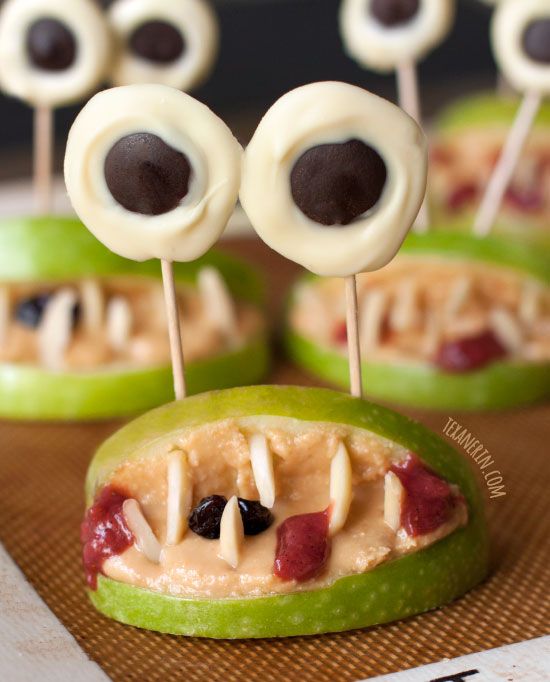
- Chewing movements activate areas of the cerebral cortex that are responsible for cognitive abilities. In children, chewing stimulates development. If this process is disturbed, dementia can progress in old age.
- Chewing movements form the facial skeleton, which is very important for proper breathing and blood supply to the central nervous system.
- Not a single cosmetic procedure will help to keep in good shape and improve the blood supply to the mimic muscles of the face like proper (slow) chewing.
How to chew
Eat consciously, disconnecting from external stimuli. Place a small portion in your mouth and chew at least 32 times. (1 for each healthy tooth + 3 for each missing one).
There is a method of therapeutic chewing:
- the first week - each spoonful of food is chewed ONE minute
- second week - TWO minutes
- third week - THREE
- fourth - TWO
- fifth - ONE
When and how to teach your child
To prepare your child for chewing, you can make faces, make faces and make chewing movements. When the baby "speaks baby", answer him. The child will repeat after you and actively move his jaws, tongue and lips.
When the baby "speaks baby", answer him. The child will repeat after you and actively move his jaws, tongue and lips.
The sooner parents introduce the child to foods of different hardness, the more willingly he will try new foods. As soon as the child began to make chewing movements, slurp and smack, he developed a food interest, and especially when the first teeth appear, you can give pieces of food (soft boiled vegetables, such as carrots). The optimal age for the first acquaintance with food is 6-7 months. Children are old enough to accept new food, but still too young to start acting up and resenting at the table.
What to feed
Offer your child food that won't crumble in the mouth or get stuck. No bread or berries! You can give your child a banana, boiled potatoes, baby cottage cheese or a baked apple. When the child "masters" these products, offer him boiled beets, peeled cucumber or a piece of cheese.
Pitfalls
Up to six months, children have an active expulsion reflex - a natural defense against suffocation.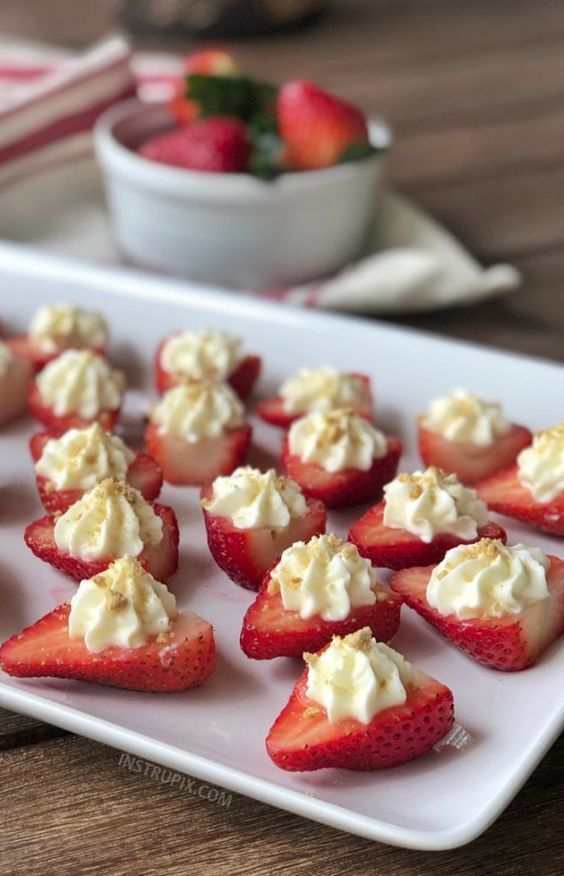 Therefore, at the beginning of "communication" with semi-solid food, the child may choke and spit out food. There is no need to be frightened and abruptly return to mashed potatoes and ground products! Chewing is a skill and needs to be developed.
Therefore, at the beginning of "communication" with semi-solid food, the child may choke and spit out food. There is no need to be frightened and abruptly return to mashed potatoes and ground products! Chewing is a skill and needs to be developed.
If you have introduced semi-solid food long enough and the child is still choking, give him time. Put food in front of the baby and watch - let him try to put food in his mouth with his hand on his own. Children should be praised and not scolded at the table! Otherwise, eating can become associated with violence and lead to an eating disorder.
References:
- The American Journal of Clinical Nutrition, Volume 94, Issue 3, September 2011, Pages 709–716, https://doi.org/10.3945/ajcn.111.015164
- The American Journal of Clinical Nutrition. Mastation of almonds: effects of lipid bioaccessibility, appetite, andhormone response. Bridget A Cassady. http://ucce.ucdavis.edu/files/datastore/608-11.
 pdf
pdf - Cell. Nicolas Dutzan. Published: January 10, 2017 DOI: https://doi.org/10.1016/j.immuni.2016.12.010
- Effectiveness of Chewing Technique on the Phonation of Female Speech-Language Pathology Students: A Pilot Study. Meerschman I DOI:10.1016/j.jvoice.2015.06.016
Medical News - Soviet Psychoneurological Dispensary
-
7 October 2022 / Friday
Help of a medical psychologist
-
6 October 2022 / Thursday
October 5th is World Teachers' Day every year
-
6 October 2022 / Thursday
October 10 - World Mental Health Day
-
5 October 2022 / Wednesday
Influenza Prevention Rules
-
four October 2022 / Tuesday
Action "Do not let yourself be offended!"
-
3 October 2022 / Monday
Today is a holiday - Doctor's Day!
-
3 October 2022 / Monday
October 1 is the Day of the Elderly
-
thirty September 2022 / Friday
BU "Soviet psycho-neurological hospital" saw the employees of the narcological department in the BU "Pioneer regional hospital"
-
thirty September 2022 / Friday
On harmfulness of consumption of narcotic drugs and psychotropic substances
-
28 September 2022 / Wednesday
From September 26 to October 2, 2022 - Active Longevity Week.
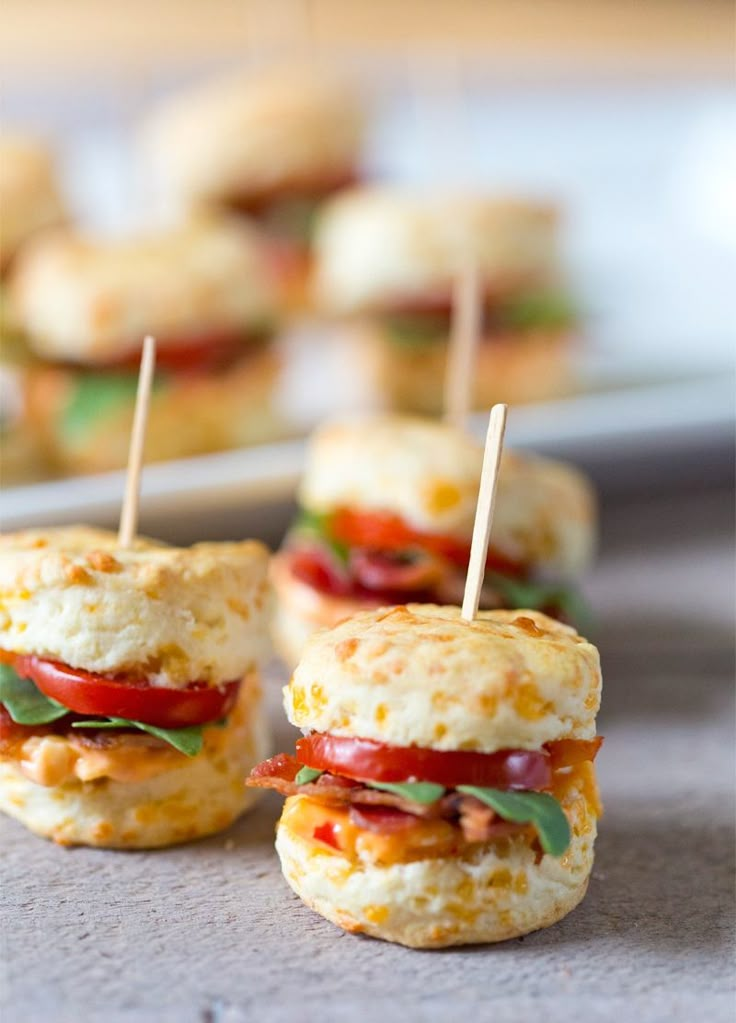
-
27 September 2022 / Tuesday
Survey for the day of the elderly
-
26 September 2022 / Monday
Seminar on the topic: "Identification by authorities and institutions of the system for the prevention of signs of violence against minors"
-
26 September 2022 / Monday
Referendums on joining Russia
-
22 September 2022 / Thursday
All-Russian day of running "Cross of the Nation - 2022"
-
22 September 2022 / Thursday
All-Russian action "10 thousand steps to life"
-
19 September 2022 / Monday
World Patient Safety Day
-
fourteen September 2022 / Wednesday
World Patient Safety Day 2022
-
13 September 2022 / Tuesday
Autumn is the best time to get vaccinated against the flu.




